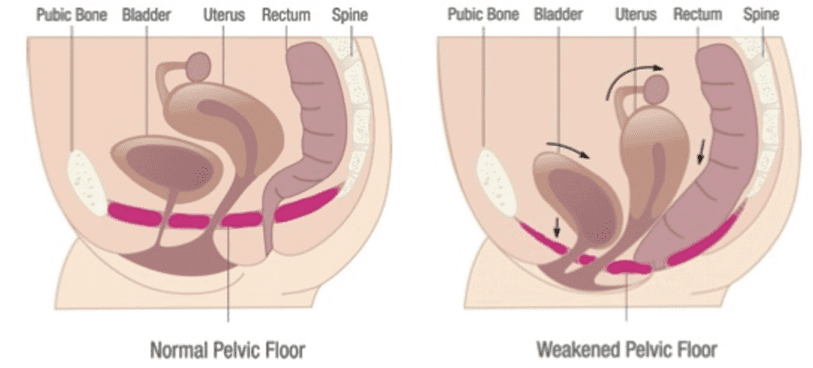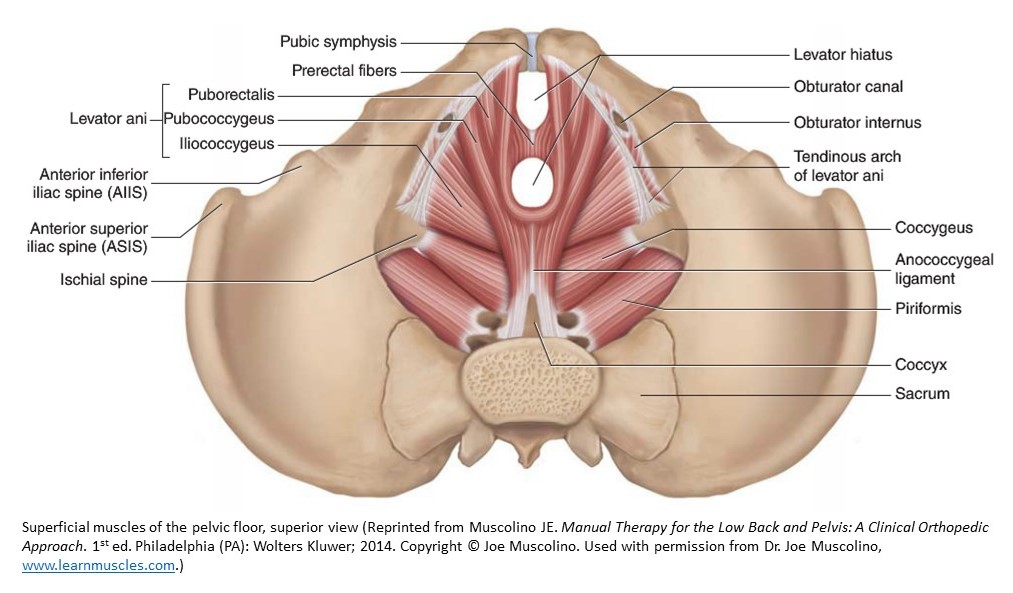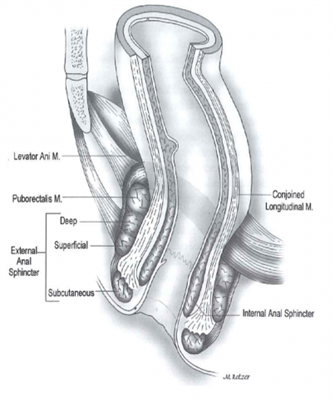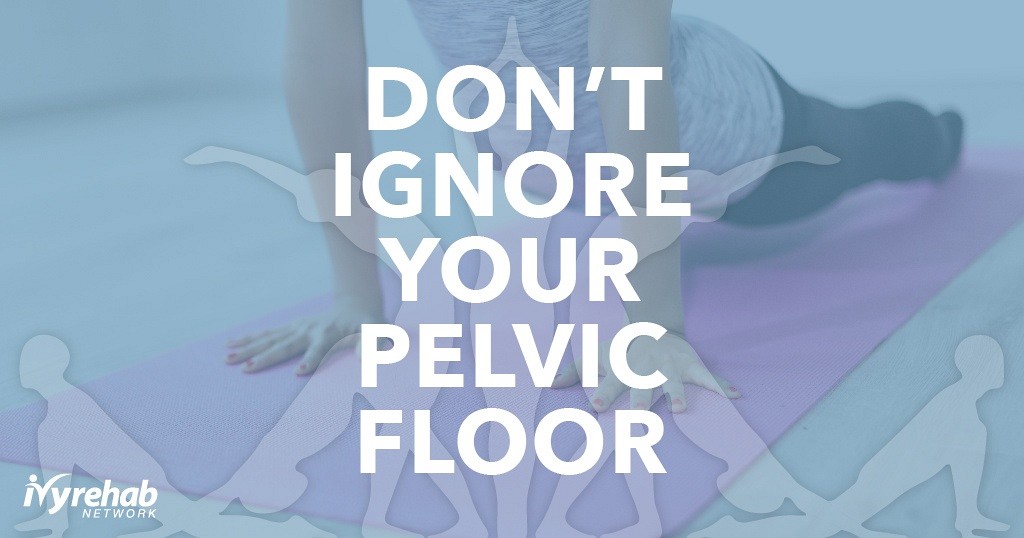The pelvic floor consists of the muscles and tissues that support the pelvic organs including the uterus bladder bowel and rectum in women and the bladder bowel rectum and prostate in men.
Pelvic floor damage from straining.
These muscles look like a hammock or sling stretched from the tailbone at the back to the pubic bone in front and from one sitting bone to the other.
If you experience pelvic floor or bladder or bowel control problems it is advisable to see a continence professional to determine the cause of your symptoms and discuss the best treatment and management options to suit your needs.
Large babies and forceps use can increase the damage.
If left untreated pelvic floor dysfunction can lead to discomfort long term colon damage or infection.
Symptoms include constipation straining to defecate having urine or stool leakage and experiencing a frequent need to pee.
However there are 5 main factors that damage the pelvic floor.
An example is when a person with a hip strain experiences pain.
Pelvic floor dysfunction is the inability to correctly relax and coordinate your pelvic floor muscles to have a bowel movement.
Damage to structures.
Weak pelvic floor muscles may also lead to prolapse of one or more of the pelvic floor organs.
To reduce strain on your pelvic floor muscles avoid pushing or straining when using.
And in some cases the pelvic floor is weakened through these experienced changes.
This may include an individually tailored pelvic floor muscle training program to help get you back in control.
Pelvic tilts are a standard exercise that teach you how to move your pelvic region.
Place your left hand on your left hip and your right hand on your right hip.
For women childbirth is the most common cause of damage due to the strain and stretching that is involved.
Your first objective is to feel out where your pelvis is.
The pelvic floor is made up of muscles ligaments and tissues that surround the pelvic bone.
The pelvic bone is located right between your hip bones.
The muscles of the pelvic floor undergo changes throughout the course of a woman s life such as pregnancy and menopause.
The muscles attach to the front back and sides of the bone as well as to the lowest part of the.
Chronic constipation can weaken the pelvic floor muscles in men and women.




























